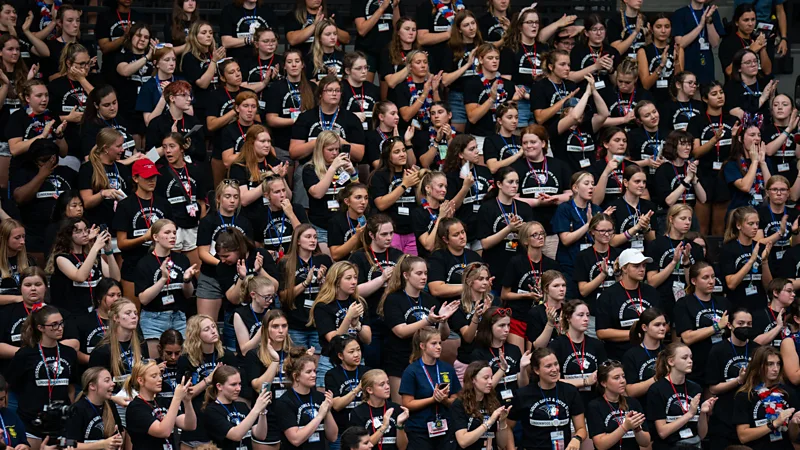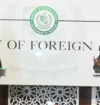Girls State Documentary Offers Insight into Young Women’s Role in Politics
In a timely follow-up to their acclaimed documentary Boys State, filmmakers Jesse Moss and Amanda McBaine delve into the world of teenage girls and politics with their latest film, Girls State. The documentary offers a thought-provoking exploration of what would happen if young women were tasked with running a government, providing insight into the potential for change in the polarized landscape of US politics.
Boys State, released in 2020, captured the attention of audiences and critics alike, shedding light on a unique political initiative that brings together high school students to simulate the workings of government. Now, Moss and McBaine turn their lens towards Girls State, set in the Midwestern state of Missouri.
In Girls State, 500 teenage girls converge to participate in a week-long camp, where they vie for various political positions, including Governor and seats on the Supreme Court. As they navigate the complexities of governance and grapple with moral dilemmas, the participants confront the inherent challenges of wielding political power and challenge the societal norms that dictate it.
Moss and McBaine were driven to create Girls State in response to the escalating polarization in American politics. Reflecting on the divisive landscape, McBaine notes, “I think in 2018, we were looking for ways to help us understand the polarization of the country… understand why our country had gotten to the place it was in.” Against this backdrop, Girls State emerges as a poignant exploration of the political future of the nation.
Choosing Missouri as the setting for Girls State was a deliberate decision for Moss and McBaine. The state’s diverse political landscape, spanning across the ideological spectrum, mirrors the contradictions and complexities of contemporary US politics. Additionally, the opportunity to film both boys’ and girls’ camps on the same campus provided a unique perspective on gender dynamics in political leadership.
As Moss aptly puts it, “Now and then, I think we’re all asking ourselves, what is our political future?” Girls State offers a compelling glimpse into a potential answer, highlighting the transformative power of young voices in reshaping the political landscape.
In an era marked by polarization and uncertainty, Girls State serves as a beacon of hope, showcasing the potential for positive change through youth engagement and empowerment. As audiences engage with the film, they are invited to ponder the role of teenage girls in shaping the future of American democracy and envision a path towards a more inclusive and equitable political landscape.



